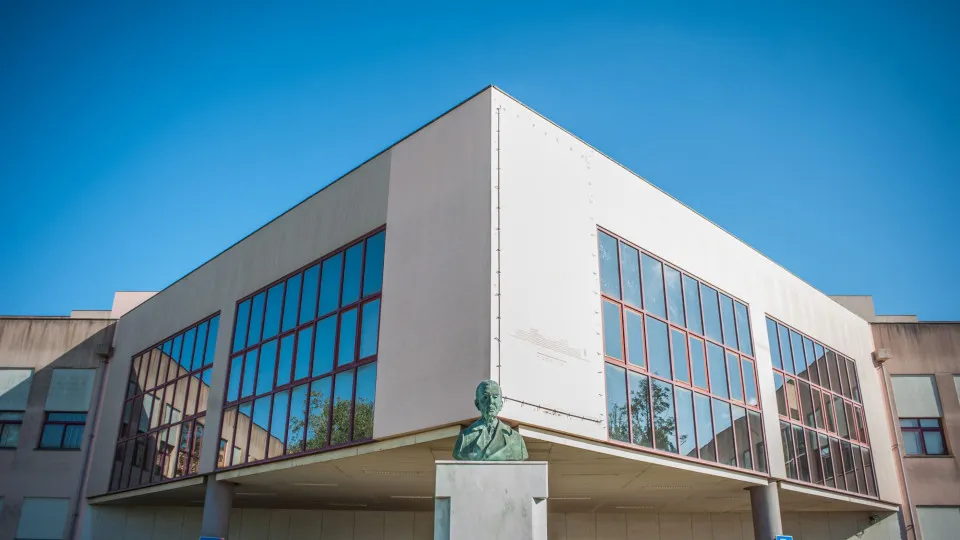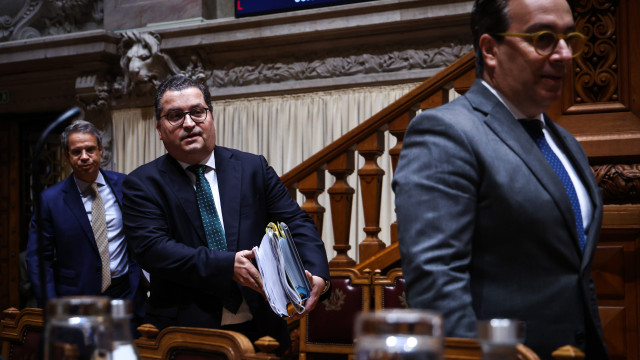
This Friday, October 31, marks World Savings Day, which was “established in 1924 to encourage people to save, especially after the economic hardships of World War I,” explains DECO PROteste Investe.
The household savings rate in the eurozone rose to 15.5% in the second quarter of this year, an increase of 0.1 percentage points from the same period in 2024, while the investment rate slightly decreased to 9%, according to the latest Eurostat data.
In this context, the financial arm of DECO PROteste has compiled 10 practical tips to “build savings, avoid debt, and grow your investments.” Here they are:
1. Create a monthly budget with income and expenses
“Creating a family budget is essential for managing money well. This way, you become aware of the weight of non-essential expenses, such as lotteries, which you play weekly, or breakfast you have daily outside home.
These small habits can be cut to increase savings. By adding all these expenses and applying, for example, 140 euros monthly for 10 years at a 5% rate, you will accumulate almost 22,000 euros!”
2. Eliminate short-term debts
“Credits can shake any budget. A household’s effort rate should not exceed 35 percent. This rate represents, in percentage, the income allocated to debt payment installments.
Some people take out loans to pay off other loans, but when it reaches this point of over-indebtedness, it becomes difficult to generate savings and wealth. So, think carefully before acquiring something on credit.”
3. Create an emergency fund
“Anticipating the unexpected is a way of planning for the future and safeguarding finances. Keeping an amount aside has the advantage of not having to touch other savings, which are destined for other purposes and invested with a different time horizon.
Set aside between four to six months’ salary and invest part in Savings Certificates and the rest in short-term deposits (up to 1 year), preferably with the best market rates. Do not invest in products without guaranteed capital or non-redeemable deposits.”
4. Choose short-term products that yield above inflation
“If savings do not increase at least as much as inflation, the value of your money will degrade year after year. In other words, what you receive in bank interest will not be enough to cope with the rising prices of the products you buy.
The Bank of Portugal forecasts an inflation rate of 1.8% for 2026, meaning you will need to look for financial applications with a return above 1.8% net, or 2.5% gross. If available, remember to factor in any commissions charged by the institution.”
5. Subscribe to a PPR as early as possible
“Life expectancy at 65 is now 20 years, meaning you could enjoy more years of retirement. The European Commission forecasts a 60% income loss in old-age pensions from the 50s. Therefore, creating long-term savings as early as possible is essential.
One of the significant advantages of subscribing to a PPR is the capitalization effect that acts as a catalyst for savings, allowing a more generous retirement supplement.
For example, if you start a PPR at age 27 and invest 50 euros monthly for 40 years, you will be setting aside 24,000 euros. If this PPR yields 5% annually, you can accumulate over 74,000 euros.”
6. Maximize PPR benefits
“Besides allowing the creation of savings from small monthly amounts, PPRs have two types of tax benefits that make them very attractive.
There’s the so-called entry benefit, whereby 20% of net payments, after deducting subscription costs, can be deducted annually from income tax – amounts vary between 300 and 400 euros, depending on age.
And there’s the exit benefit, at the time of PPR redemption. When legal reimbursement conditions are met, you benefit from an income tax rate of only 8%, much lower than the 28% applied to most savings and investment products.”
7. Diversify savings across different products
“Diversification is one of the most important rules for an investor. Do not apply all your money to a single financial instrument. The reasoning is simple: if the performance of that investment does not go well, your entire wealth is affected.
To be successful in distributing savings across different financial assets, you must consider various risk levels, different time horizons, and markets.
In addition to term deposits, opt, for example, for Savings or Treasury Certificates, Bonds, investment funds, or ETFs, and potentially stocks. Of course, diversification demands more time to monitor assets. However, this effort is compensated by reducing the risk of your portfolio.”
8. With more than 100,000 euros in deposits, increase account holder numbers
“The concept of diversification is also important in traditionally safe products, such as fixed-term deposits, in case the bank goes bankrupt, as happened with some national banks in recent decades. It’s a rare scenario, but it could occur.
To protect depositors, there is the Deposit Guarantee Fund. However, it only guarantees 100,000 euros to each bank account holder. Therefore, if you have a higher amount, it is advisable to add holders to the account or spread that amount across different deposits.”
9. Do not invest in complex products
“The financial sector has been offering increasingly sophisticated investment products to clients in recent years. This includes structured products, such as fixed-term deposits whose returns depend on a set of equities’ performance.
If you do not understand the investment or the business behind it, it is better not to invest. It may cause anxiety and financial losses. It is crucial to study and research before investing, using official sources, analyzing product information leaflets, and consulting with someone who truly understands.”
10. Be cautious with advice from digital influencers
“Following advice from friends or less reliable sources is one of the causes of many financial mishaps.
Digital influencers, who nowadays flood social media with recommendations and promote products without being specialists, are a threat, especially to the younger generations, enticed by promises of easy and quick gains.”




